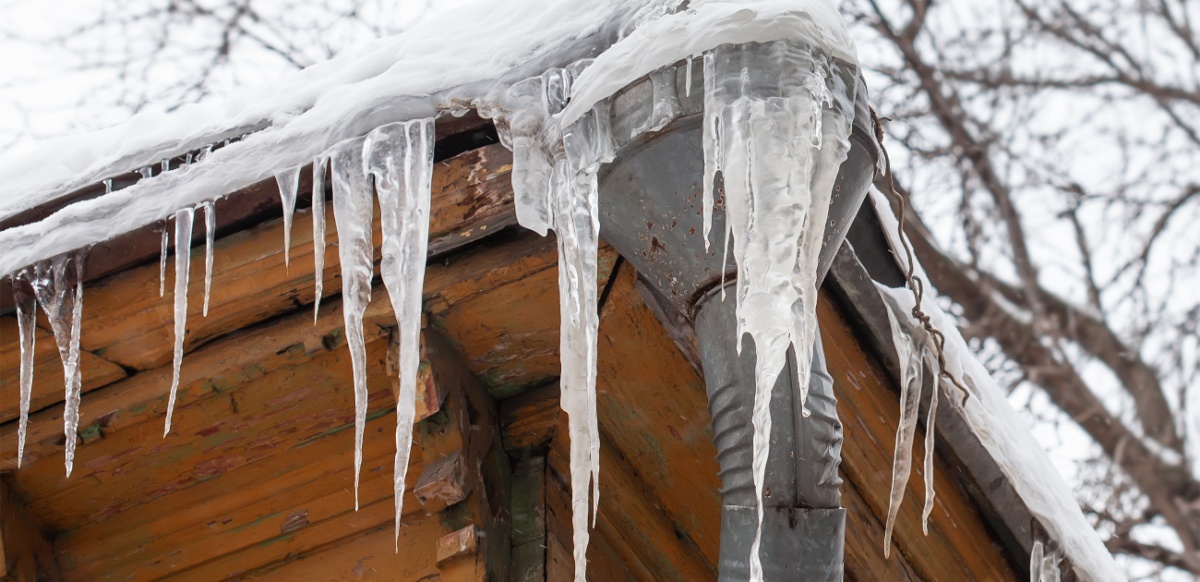The article on the next paragraphs on the subject of Preventing and dealing with frozen pipes is incredibly motivating. Don't overlook it.

Winter can wreak havoc on your pipes, specifically by freezing pipelines. Right here's how to stop it from occurring and what to do if it does.
Intro
As temperatures decline, the danger of frozen pipelines increases, potentially leading to expensive repairs and water damage. Recognizing how to stop icy pipes is critical for property owners in chilly environments.
Understanding Frozen Pipelines
What creates pipelines to freeze?
Pipes freeze when revealed to temperature levels listed below 32 ° F (0 ° C) for expanded durations. As water inside the pipes freezes, it expands, putting pressure on the pipe walls and potentially causing them to break.
Threats and damages
Icy pipelines can bring about water supply disruptions, home damages, and pricey repairs. Ruptured pipelines can flood homes and trigger considerable structural damage.
Indicators of Frozen Pipes
Identifying frozen pipes early can avoid them from rupturing.
Exactly how to determine icy pipelines
Look for decreased water flow from faucets, unusual odors or noises from pipes, and noticeable frost on exposed pipelines.
Prevention Tips
Shielding at risk pipelines
Wrap pipes in insulation sleeves or use warm tape to secure them from freezing temperature levels. Focus on pipes in unheated or outside locations of the home.
Heating techniques
Keep interior spaces sufficiently heated up, particularly locations with plumbing. Open cabinet doors to permit cozy air to flow around pipelines under sinks.
Shielding Exterior Plumbing
Garden tubes and exterior faucets
Detach and drain garden hose pipes before wintertime. Set up frost-proof faucets or cover outdoor taps with insulated caps.
What to Do If Your Pipes Freeze
Immediate actions to take
If you think icy pipelines, keep faucets open up to soothe pressure as the ice thaws. Utilize a hairdryer or towels taken in hot water to thaw pipelines gradually.
Long-Term Solutions
Structural modifications
Take into consideration rerouting pipes away from exterior wall surfaces or unheated areas. Add added insulation to attic rooms, cellars, and crawl spaces.
Updating insulation
Purchase top quality insulation for pipelines, attic rooms, and walls. Appropriate insulation aids keep constant temperatures and reduces the danger of icy pipes.
Conclusion
Avoiding frozen pipelines calls for proactive procedures and fast reactions. By understanding the causes, indications, and safety nets, home owners can shield their pipes throughout winter.
5 Ways to Prevent Frozen Pipes
Drain Outdoor Faucets and Disconnect Hoses
First, close the shut-off valve that controls the flow of water in the pipe to your outdoor faucet. Then, head outside to disconnect and drain your hose and open the outdoor faucet to allow the water to completely drain out of the line. Turn off the faucet when done. Finally, head back to the shut-off valve and drain the remaining water inside the pipe into a bucket or container. Additionally, if you have a home irrigation system, you should consider hiring an expert to clear the system of water each year.
Insulate Pipes
One of the best and most cost-effective methods for preventing frozen water pipes is to wrap your pipes with insulation. This is especially important for areas in your home that aren’t exposed to heat, such as an attic. We suggest using foam sleeves, which can typically be found at your local hardware store.
Keep Heat Running at 65
Your pipes are located inside your walls, and the temperature there is much colder than the rest of the house. To prevent your pipes from freezing, The Insurance Information Institute suggests that you keep your home heated to at least 65 degrees, even when traveling. You may want to invest in smart devices that can keep an eye on the temperature in your home while you’re away.
Leave Water Dripping
Moving water — even a small trickle — can prevent ice from forming inside your pipes. When freezing temps are imminent, start a drip of water from all faucets that serve exposed pipes. Leaving a few faucets running will also help relieve pressure inside the pipes and help prevent a rupture if the water inside freezes.
Open Cupboard Doors
Warm your kitchen and bathroom pipes by opening cupboards and vanities. You should also leave your interior doors ajar to help warm air circulate evenly throughout your home.

As an enthusiastic reader on How to Prevent Your Pipes From Freezing, I think sharing that piece was a great idea. Sharing is caring. One never knows, you might be doing someone a favor. I praise you for being here. Return soon.
Try Here